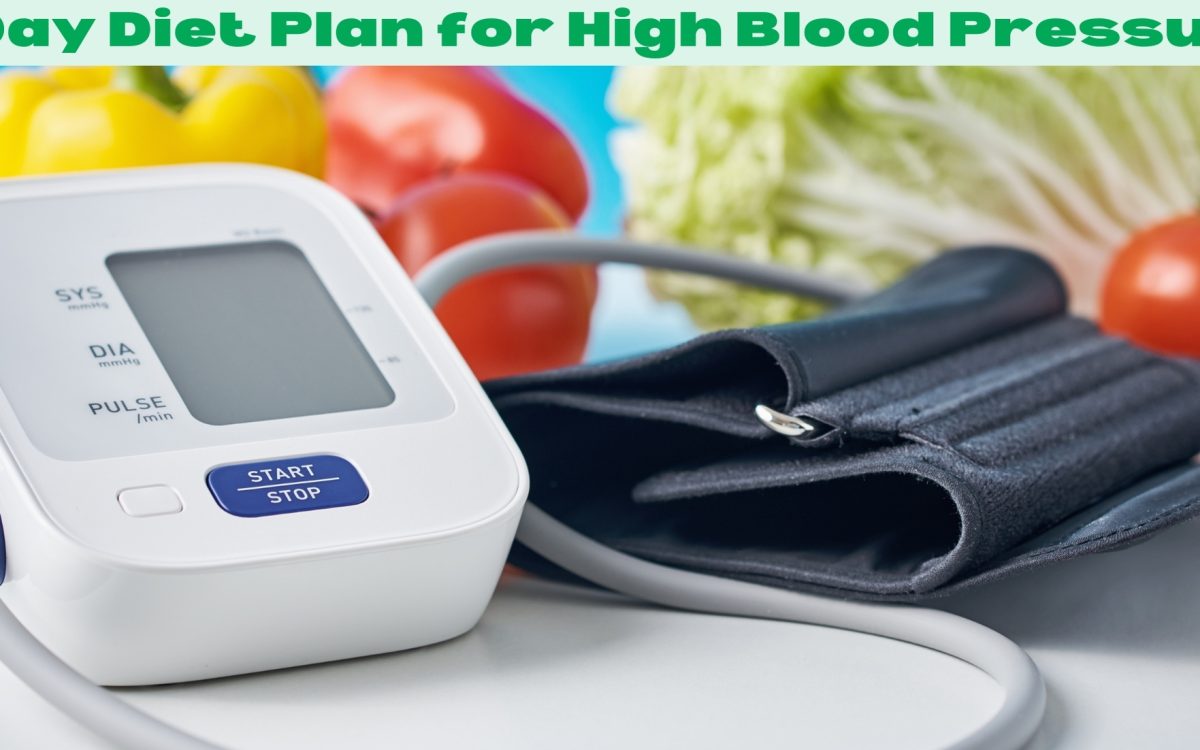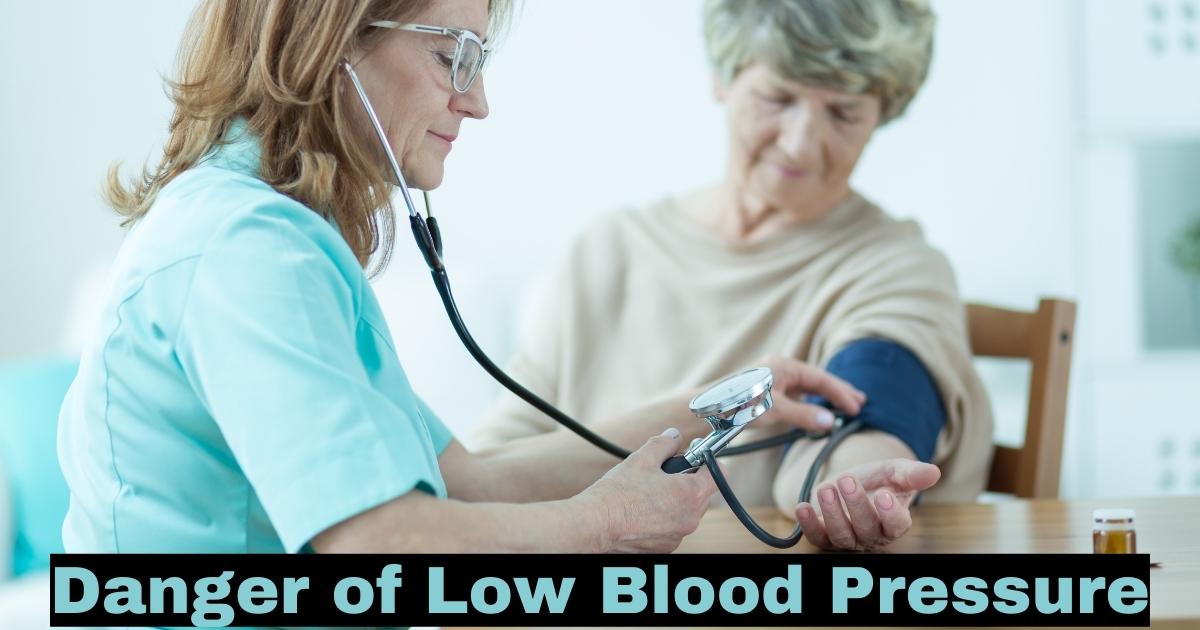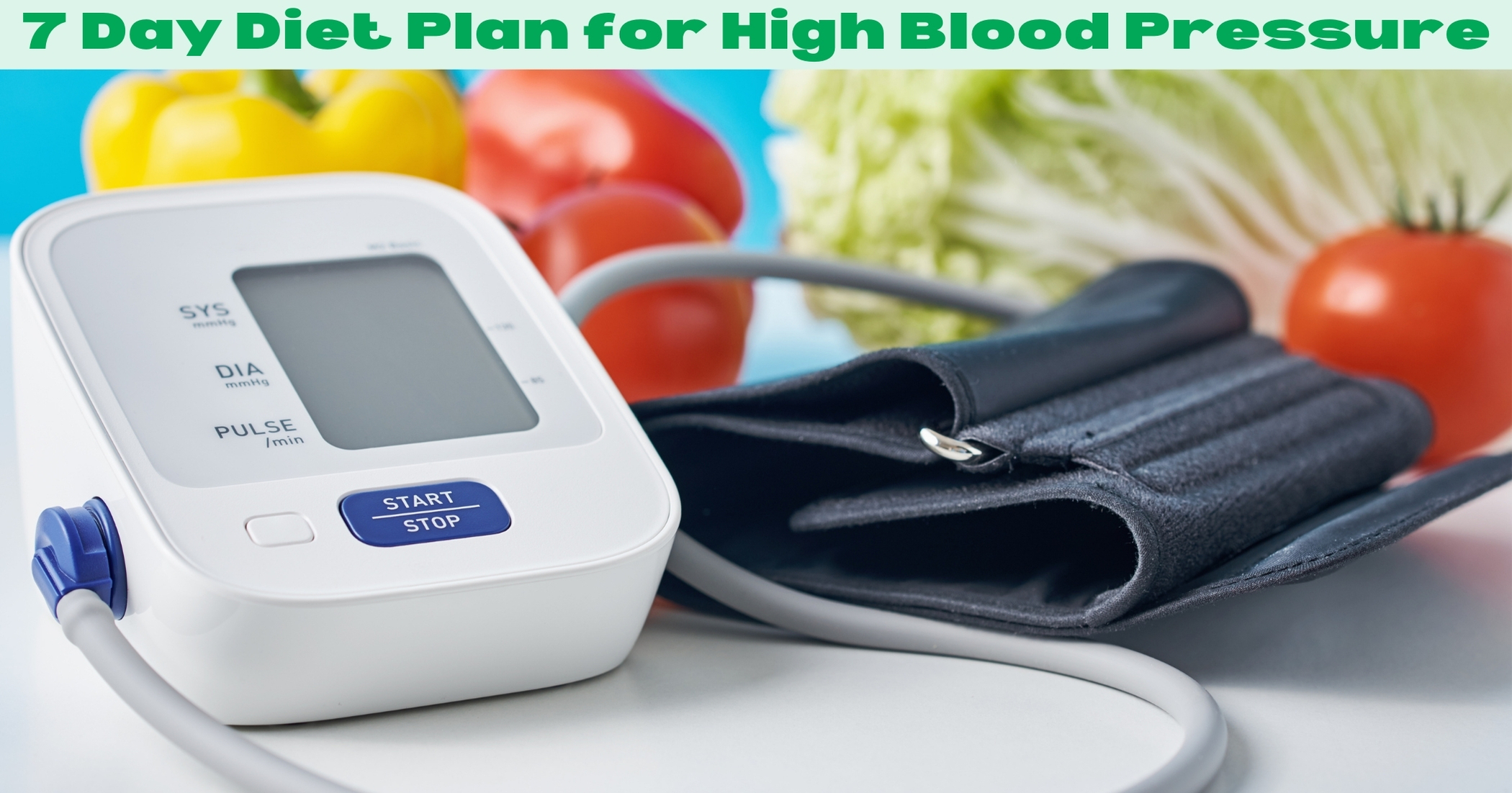Imagine feeling sick and dizzy when you wake up one morning. Your doctor tells you your blood pressure is higher than usual when you see them. You want to know how to safely lower your blood pressure because you are worried about your health. We’ll look at a 7 day Diet Plan for High Blood Pressure in this guide. This plan will help people with high blood pressure control their condition and improve heart health. Every day will focus on a different part of nutrition and changes you can make to your living to help you get a healthier heart.
Table of Contents
ToggleHow to Understand High Blood Pressure
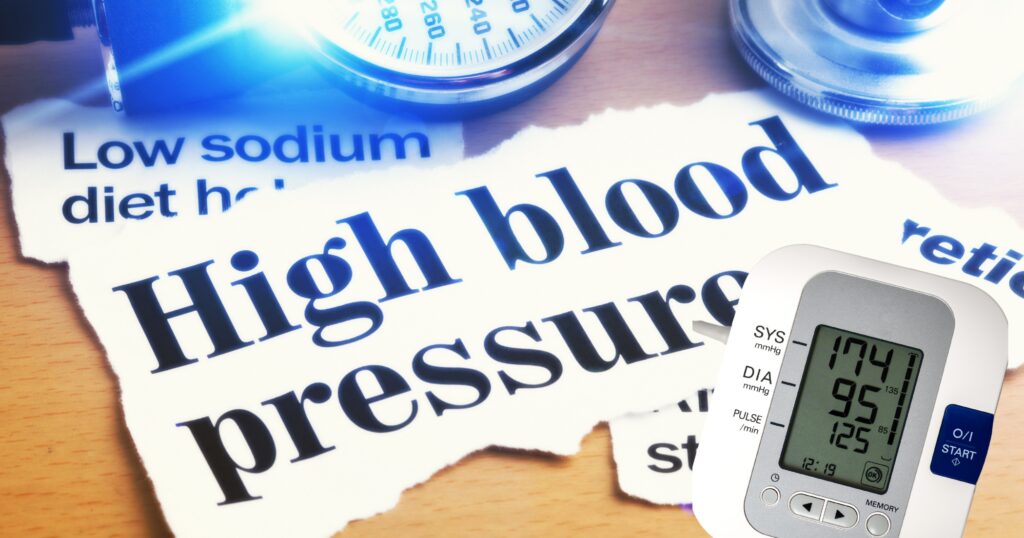
Let’s discuss what we need to know about high blood pressure, how it affects our health, and how to best deal with it. High blood pressure, or hypertension, is a common disease in which the pressure in the arteries is too high. Heart disease, stroke, and other heart problems can happen a lot more often in people with this situation. To successfully control high blood pressure through lifestyle changes, such as dietary changes like the 7 Day Diet Plan for High Blood Pressure, it’s essential to understand the underlying causes of the condition.
What Causes and Risk Factors
High blood pressure can be caused by several things, such as genes, age, diet, living choices, and health problems that are already present. Not taking care of high blood pressure can hurt the heart, kidneys, arteries, brain, and other systems over time.
Taking blood pressure readings
Two numbers comprise a blood pressure reading: systolic pressure (the top number) and diastolic pressure (the bottom number). A blood pressure reading of 120/80 mm Hg is expected. However, results above this range may mean you have prehypertension or hypertension, which needs your attention and care.
What it Does to Heart Health
High blood pressure that isn’t under control can put a lot of stress on the heart muscle, which can lead to problems like coronary artery disease, heart attack, and heart failure. Atherosclerosis is a disease in which plaque builds up in the arteries, making it harder for blood to get to essential organs. This can also make the disease worse.
Changes to your lifestyle and eating habits
Changing things about your lifestyle, like how often you exercise, how you deal with stress, and what you eat, is essential for controlling high blood pressure. The 7 Day Diet Plan for High Blood Pressure tells you to eat lots of healthy foods like fruits, veggies, whole grains, lean proteins, healthy fats, and not too much processed foods or sodium.
The Beginning of the 7-Day Diet Plan

Today’s busy world makes it easy to forget how important it is to eat well, especially when there are so many easy-to-get but often unhealthy food choices available all the time. However, people who have hypertension (high blood pressure) may find that the food they eat has a significant effect on their general health and well-being. The 7 Day Diet Plan for High Blood Pressure is a structured and successful way to control high blood pressure and improve heart health.
Answer to the question “7 Day Diet Plan for High Blood Pressure.’’
The 7 Day Diet Plan for High Blood Pressure is a complete eating plan that is meant to help people naturally lower their blood pressure and improve the health of their hearts over a week. By following this plan, people can make significant steps toward reducing their risk of heart problems and getting their blood pressure to the right level.
What you eat matters
Diet is an essential part of both getting and managing high blood pressure. Eating a lot of processed foods, salt, and heavy fats can raise your blood pressure and make you more likely to get heart disease or a stroke. On the other hand, a diet full of fruits, veggies, whole grains, lean proteins, and healthy fats can help lower blood pressure and improve heart health.
Pros of the 7-Day Diet Plan
People who want to take control of their high blood pressure can get a lot out of the 7 Day Diet Plan for High Blood Pressure. This method takes the guesswork out of eating and helps people make better choices throughout the week by giving them a structured and easy-to-follow meal plan. The plan also recommends eating foods high in nutrients and known to be good for your heart and lower blood pressure.
Making changes to live a healthier life
The 7-Day Diet Plan is a great place to start if you want to control your high blood pressure, but it has benefits that last longer than the first week. People can set themselves up for long-term heart health and well-being by following this plan and changing the way they eat. Switching to a diet high in whole foods and low in processed foods can help lower blood pressure and improve heart health in general.
Day 1: Getting Starting
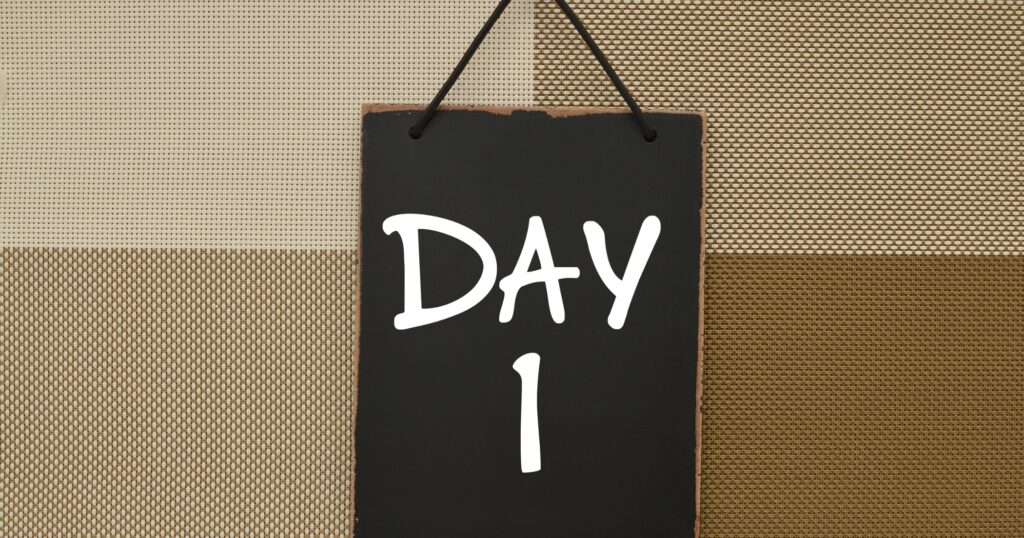
This is the start of the 7 Day Diet Plan for High Blood Pressure, which will help your heart stay healthy. Setting yourself up for success by getting organized and ready is very important as you begin this change process.
Making Goals Clear
Take some time to think about your health goals and why you want to follow the diet plan before you start. Making your goals clear will help you stay on track this week if you wish to lower your blood pressure, reduce your risk of heart disease, or improve your general health.
Preparing in the kitchen
To be successful on the 7 Day Diet Plan, you need to make sure your home is full of healthy foods. Look through your pantry, fridge, and freezer and make a list of everything you need to buy. Remember to stock up on whole grains, lean proteins, healthy fats, and fresh fruits and veggies.
Day 2: Eat foods that are high in nutrients.
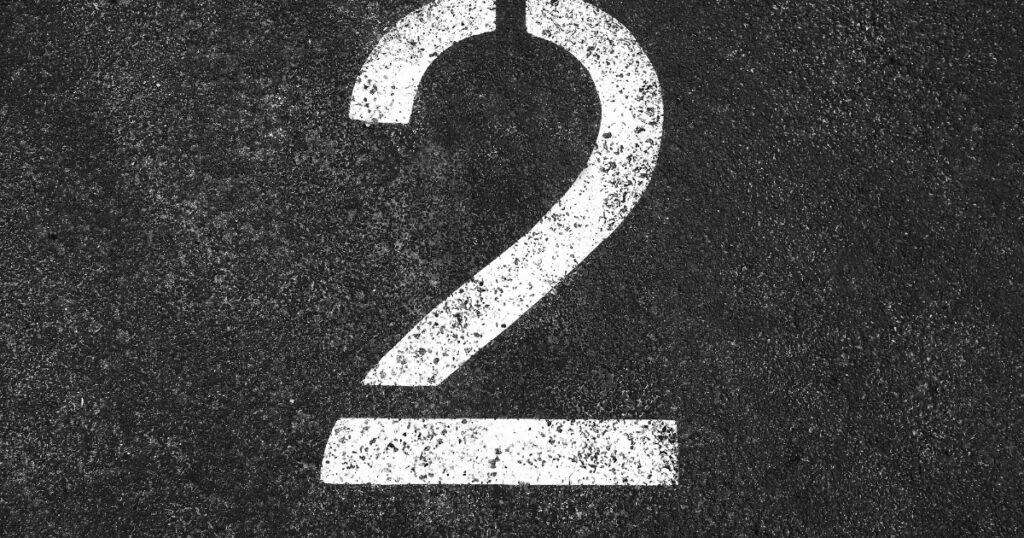
As you go through the 7 Day Diet Plan for High Blood Pressure, day two is a great time to start focusing on eating more vegetables and other healthy foods. These foods are full of essential minerals and vitamins and help keep your heart healthy and lower your blood pressure.
Open to Fruits and Vegetables
Fruits and veggies are full of nutrients and should be the central part of your diet. Try to include a range of colored fruits and vegetables in your meals, as different colors often mean different healthy nutrients. There are various kinds of vegetables to pick from, such as leafy greens like spinach and kale, bright berries, and crunchy carrots and bell peppers.
Picking Out Whole Grains
Another essential part of a heart-healthy diet is whole grains. The healthy bran and germs are taken away when you buy processed grains. But when you buy whole grains, they still have all their nutrients, like fiber, vitamins, and minerals. Choose whole grains like brown rice, quinoa, oats, barley, and whole wheat pasta to make your meals more exciting and healthy.
Addition of Lean Proteins
Lean proteins are essential for maintaining good health and growing and repairing tissues. When choosing protein sources, lean ones like fish, tofu, beans, lentils, and other vegetables and skinless chicken. These high-protein foods are better for your heart than fatty cuts of meat because they have less saturated fat and cholesterol.
Plan your meals
Plan your meals for the next few days to make your week go more smoothly and help you stick to your diet goals. Figure out what you’ll eat for breakfast, lunch, dinner, and snacks, taking into account your routine and any dietary needs or restrictions you may have.
Day 3: Incorporating Low-Sodium Options
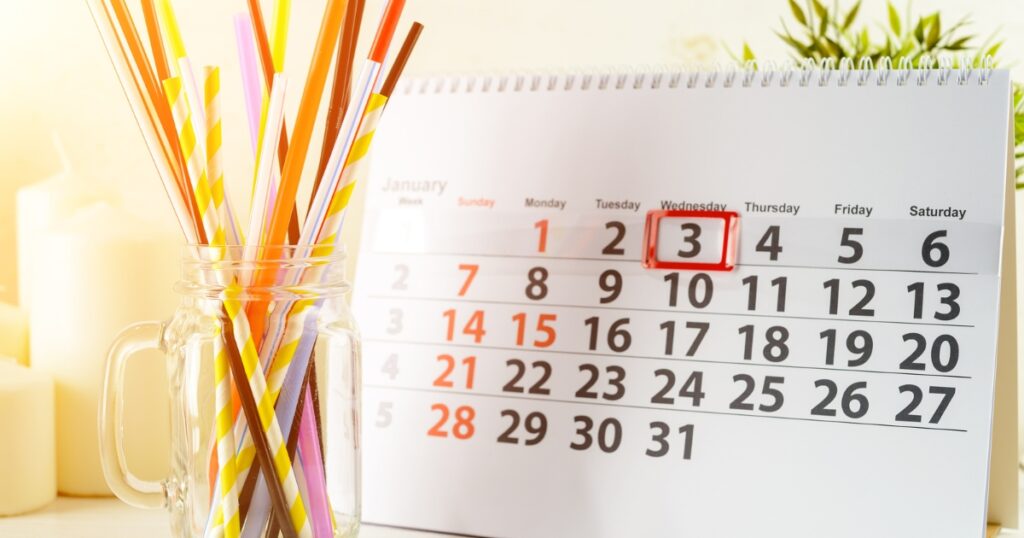
A critical part of the 7 Day Diet Plan for High Blood Pressure is cutting down on salt. Consuming too much sodium can raise blood pressure, so including low-sodium foods in your meals is essential for controlling high blood pressure and improving heart health.
Figuring Out What Sodium Does
Sodium is a mineral that can be found in many foods. The body needs sodium for many processes, but too much can cause water retention and high blood pressure. The American Heart Association says people, especially those with high blood pressure, shouldn’t eat more than 2,300 milligrams of sodium daily. For most adults, 1,500 milligrams per day is a better limit.
Finding Foods That Are High in Sodium
There is a lot of sodium in processed and packed foods. This sodium usually comes from added salt and preservatives. Foods often to blame are canned soups, cold meats, frozen meals, salad dressings and condiments, and salty snacks like pretzels and chips. You can significantly lower the amount of sodium you eat by reading food labels and picking options with less salt.
Choosing fresh and home-cooked foods
One of the best ways to reduce salt is to eat fresher, whole foods and make your meals as much as possible. You can flavor your food without too much salt by adding fresh fruits and veggies, lean proteins, whole grains, herbs, and spices. Try using different vinegars, fruit juices, herbs, and spices to make your food taste better while watching the amount of salt you eat.
Day 4: Make plans for healthy meals

As we go through the 7 Day Diet Plan for High Blood Pressure, it’s important to plan well-balanced meals for our heart and blood pressure. To make balanced meals, you need to include a range of nutrient-dense foods and pay attention to serving amounts and the make-up of the meals.
Making Balanced Plates
Aim to include a mix of carbs, proteins, fats, and many fruits and vegetables in your meals. Fill half your plate with non-starchy veggies like broccoli, bell peppers, and leafy greens. This will help you feel full and increase your fiber intake. Next, fill up a quarter of your plate with lean proteins like fish, chicken, or tofu that have been grilled. These will give you essential amino acids and help your muscles stay healthy. Lastly, put whole grains or starchy veggies like brown rice, quinoa, or sweet potatoes on the last quarter of your plate. These will give you long-lasting energy and extra nutrients.
Manage Portion Size
To avoid overeating and keep a healthy weight, paying attention to both nutrient balance and amount control is essential. To help keep portions in check, use smaller bowls and plates and pay attention to the serving amounts suggested for each food group. Listen to your body when it tells you it’s hungry or complete, and stop eating when you’re full but not too full.
When and how often to eat
You should also consider when and how often to eat when planning healthy meals. Aim to eat meals and snacks regularly throughout the day to keep your blood sugar levels steady and stop feeling too hungry. To keep your energy level steady and avoid overeating later in the day, spread your meals and snacks evenly throughout the day. Keep three to four hours from passing between each one.
Including Different Things
Finally, remember to mix up your meals to ensure you’re getting many different tastes and nutrients. To keep meals fun and exciting, try out other foods, cuisines, and ways of cooking. Adding other colors, textures, and tastes to your meals can make them more appealing and help you stick to a healthy diet over time.
Today is Day 5: Looking at Heart-Healthy Recipes

As we continue on the 7 Day Diet Plan for High Blood Pressure, it’s time to look at some tasty and healthy heart-friendly meals that will help us reach our nutritional goals. By looking for heart-healthy recipes, we can enjoy delicious meals that help us control our blood pressure and improve our general cardiovascular health.
Getting behind whole foods
When choosing meals, choose whole foods that are high in nutrients and don’t have any added sugars, fats that are bad for you, or too much sodium. Ensure your meals have lots of fruits, veggies, whole grains, lean proteins, and healthy fats to give your body the nutrients it needs and help you feel full.
Getting less sodium
Cutting back on salt is essential to heart-healthy cooking because it helps lower blood pressure and the risk of heart disease. Look for recipes that don’t call for salt to season the food but instead use herbs, spices, and other taste enhancers. Choose foods that are low in sodium or don’t have any added salt when you can. For example, canned beans, broths, and condiments are all excellent examples.
Equilibrium of Macronutrients
As you look for heart-healthy recipes, try to find the right amount of carbohydrates, proteins, and fats to make meals that are filling and good for you. To ensure you’re getting a wide range of nutrients and tastes, eat various things from each food group. Try eating a range of protein-rich foods, like beans, lentils, tofu, and lean meats, to keep your meals exciting and help your muscles stay healthy.
Ways of Cooking
Pick cooking methods that are good for your heart and keep the nutrients in the food. Don’t fry your food; instead, bake, grill, steam, or sauté it to cut down on the added fat and calories. To keep meals exciting and fun, try different cooking and tasting combinations.
Planning and making meals
Lastly, consider planning and preparing meals a regular part of your life to make cooking easier and eating healthy more handy. Every week, set aside time to plan your meals, list things you need to buy, and prepare the food beforehand. This could save time and help you pick healthy foods during the week.
Day 6: Getting Through Hard Times

It’s normal to run into problems along the way as we get closer to the middle of our 7 Day Diet Plan for High Blood Pressure. Overcoming problems is essential to sticking to a healthy diet and reaching our health goals, whether dealing with hunger, social situations, or limited time.
Finding the Triggers
To get past problems, we first need to figure out what might stop us from moving forward. Consider the places or events that might make it hard to stick to your diet plan. This could include social events where unhealthy foods are easy to get, stressful situations that make people eat out of feeling, or lack of time that makes it hard to make meals.
Coming up with strategies
Once you know what problems might arise, you can plan how to deal with them before they happen; for instance, if you know that unhealthy foods will be given at a party, eat a healthy meal before you go. This will help you resist the urge to eat them. If you only have a little time to cook at home, you could try batch cooking and meal prepping on the weekends so you always have healthy foods on hand during the week.
Looking for Help
Feel free to ask for help from friends, family, or online groups. They can give you support and hold you accountable as you deal with problems. Please discuss your goals and issues with people who can relate to you and help you when needed. A support system can make a big difference in how driven you stay and how well you handle problems.
Having compassion for yourself
As you go through hard times on your road, remember to be kind to yourself and show yourself compassion. Mistakes happen to everyone, and they’re a normal part of the process. Instead of dwelling on slip-ups or errors, you should focus on what you can learn from them and how to move forward with renewed drive. Give yourself credit for your progress and celebrate your wins, no matter how small they are.
Thoughts and Next Steps on Day 7

Today is the last day of our 7 day plan to improve our heart health. It’s essential to take a moment to think about how far we’ve come and what we can do next to keep our promise to manage our high blood pressure. During the week, we’ve looked at different ways to eat, learned why nutrition is essential for heart health, and taken steps to improve our general health.
Looking Back at Progress
Today, take some time to think about how your life has changed in the last week. Think about how your food choices have changed over time, how they’ve affected your energy and general health, and any problems you’ve encountered. Enjoy your successes, and be grateful for all the work you’ve done to put your health first.
Looking at the Results
Now is also a great time to look back at how your efforts turned out. If you’ve been monitoring your blood pressure all week, compare the numbers from the start of the 7-Day Diet Plan for High Blood Pressure to the ones you have now. Have you seen any changes for the better? Even small changes can show that you’re making progress and give you the drive to keep going on your path to better heart health.
Making plans for long-term success
As the 7-day eating plan comes to an end, it’s essential to think about how we can keep up the good habits we’ve picked up. Think about what parts of the diet plan have worked well for you and how you can add those parts to your daily life in the future. Consider setting attainable goals, like eating the same amount of fruits and veggies every day or cutting down on your sodium intake even more.
Looking for Help and Responsibility
It can be hard to live a heart-healthy life, but you don’t have to do it alone. Talk to your friends, family, or support groups. They can help you stay motivated, accountable, and encouraged along the way. You should get help from a registered dietitian or other health worker to get advice and support specific to your needs.
Keeping your heart healthy is essential.
As we end our seven-day journey, let’s remember that controlling high blood pressure and improving heart health is an ongoing process that needs focus and persistence. We can lower our risk of heart disease and live a healthier, happier life by following the 7 Day Diet Plan for High Blood Pressure and staying current on the latest study and advice. Remember that every good decision you make, like choosing a heart-healthy meal or getting a quick workout, is good for your health. Keep your mind on your goals, stay inspired, and put your heart health first daily. Maintaining heart health is possible and very rewarding in the long run if you are determined and dedicated.

